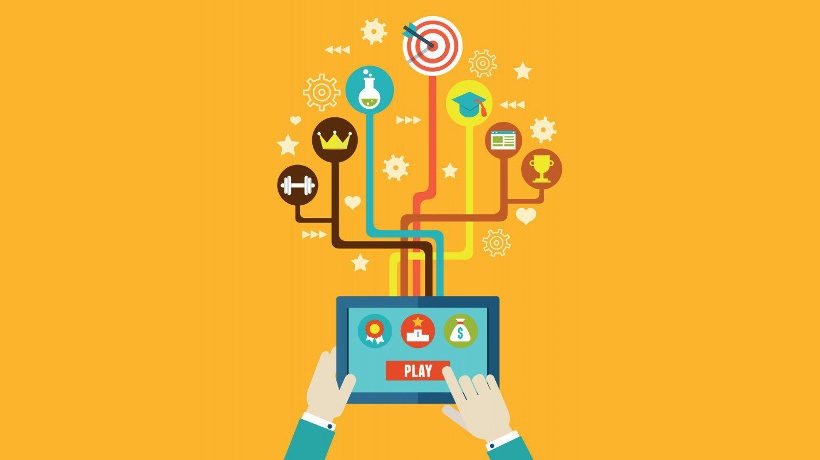Ask any CEO and he’ll tell you, a well-trained workforce is essential to a successful organization. The knowledge, skills and ability of its employees can mean the difference between a company’s continued prosperity and its demise. With more than $160 billion spent on employee learning and development each year in the U.S. [1], corporations are making a huge investment in the skills training of their workers. But how effective is the training that’s being delivered? Are employees getting the most out of that enormous training budget?
In order to answer that question, it’s worth taking a look at the type of training that is typically provided to employees. While the traditional systems for providing learning and development have been updated in recent years, most training still utilizes techniques and methods that began with the creation of the modern workforce a century ago, and that needs to change.
New Training Techniques for a New Workforce
The incorporation of game mechanics and game-based principles into a training setting is gaining popularity among forward-thinking organizations. The specialized skills and technical ability of our modern workforce lends itself perfectly to the principles of game-based training. It’s no accident that companies are being led toward serious games and the gamification of training by Millennials within their workforce. These younger workers have grown up with incentive-based interactive games, and they can see the benefit.
Technology companies like Microsoft, SAP and Google have used gamification in various forms within their training programs for years. What they’ve found is employees show more interest in the subject of the training, are more engaged during training and have better retention of the subject than with traditional training techniques [2].
The use of serious games, or game-based training, can make learning a new skill both engaging and fun. As in a video game, learners are required to master certain skills and techniques before moving to the next level. The repetition of a skill until it is mastered, rather than being monotonous, becomes a challenge to overcome.
One thing that training designers are learning from the introduction of gamification to a training setting is that people respond better to immediate feedback. If the result of an action is immediate progress or setback, learners are more likely to remember the lesson or concept. Whether it’s compliance training, job-specific skills training, product training or new hire orientation, gamification and game-based training makes the information more interesting and engaging to the learner.
The Positive Psychology Involved in Gamification and Game-based training
Studies show that people who play video games, game apps, multiplayer networked games and other interactive electronic games develop a motivation to continually perform better [3]. This motivation is related to the release of the chemical dopamine that occurs in the brain when we experience pleasure. As it turns out, competing and performing well when playing a game delivers a shot of dopamine that makes us feel good and want to continue. The continuation is like further practice, which makes us perform better and, well, you get it.
The gamification of a training program or job task accomplishes the same thing. It creates engagement with the lesson, motivates us to master the task, rewards us with a positive feeling, and ultimately makes the learning experience an enjoyable one.
It comes down to this; human beings like to play games. Games engage our senses, challenge our thinking, reward us when we do well, and allow us to feel a sense of accomplishment upon successful completion. And if the game is relevant to our profession, we get the benefit of improving our job skills and advancing our career. There are few better motivators than that.
References:
- $164.2 Billion Spent on Training and Development by U.S. Companies by ATD
- The Gamification Revolution – Zichermann, G., 2013
- Educational Video Games Can Boost Motivation to Learn, NYU Steinhardt, CUNY Study – Journal of Educational Psychology








